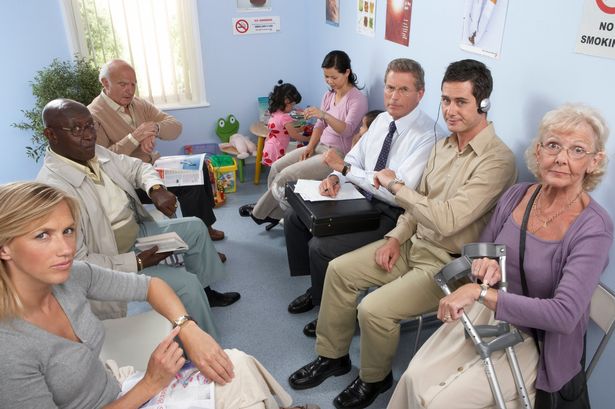For perhaps a generation we have been discussing the potential benefits retail pharmacies could give to healthcare provision in the UK. It is widely agreed that pharmacies and pharmacists are woefully under-used, while GP and A&E waiting rooms are fit to bursting.
Adding to the volume of evidence is a new report from Durham University, recently published in the BMJ Open journal (http://bmjopen.bmj.com/cgi/content/long/4/8/e005764). The report identifies that 9-in-10 (89%) of the population in England live within a 20-minute walk of a pharmacy. With over 10,000 pharmacies in England (according to UK National Statistics), these numbers alone make for a compelling argument for the support of an increased role for pharmacies in primary care, especially when considering this number is significantly greater than the c.8,000 GP practices in England. Furthermore, for true access this again is not the full picture: it does not factor in surgery and pharmacy opening times. As standard, anybody can walk in, and speak directly to a pharmacist between 9am and 5.30pm Monday to Friday; adding in Saturdays, frequent late-nights and Sundays it is obvious we are missing a trick.
Yet for all this, are the public willing to forsake the GP-waiting room for a trip to the pharmacy instead? According to our recent poll of over 500 consumers, it appears that in places they are: for travel and flu vaccinations over half are likely to use if offered; and, more tellingly, six-in-ten (59%) stated that they would be likely to seek medical advice/guidance from a pharmacist if offered. This final point reminds me of a recent pharmacy visit that encapsulates the current situation. My six-month old daughter had a patch of dry skin appear on her chest and, being nervous new parents, we wanted it checked out. We visited our local chain pharmacy and asked the pharmacist if she would take a look and recommend an OTC product to quickly alleviate the symptoms: she flatly refused, in a manner that suggested she wasn’t ‘allowed to’. Rather than buying a remedy there and then, the conversation led on to what is probably a fairly typical chain of events. My wife made a GP appointment, the GP in turn writing a prescription for a readily available OTC emollient for my wife to return to the pharmacy for the script to be fulfilled.
If the public do become educated on the wealth of knowledge available in their local pharmacy, the resource will nevertheless continue to be underused and the strain [and budget waste] across the country remain if pharmacists are not supported and empowered to make health interventions.
For more results from the Pharmacy Services survey contact Ben.Gibbons@bryter-global.com




